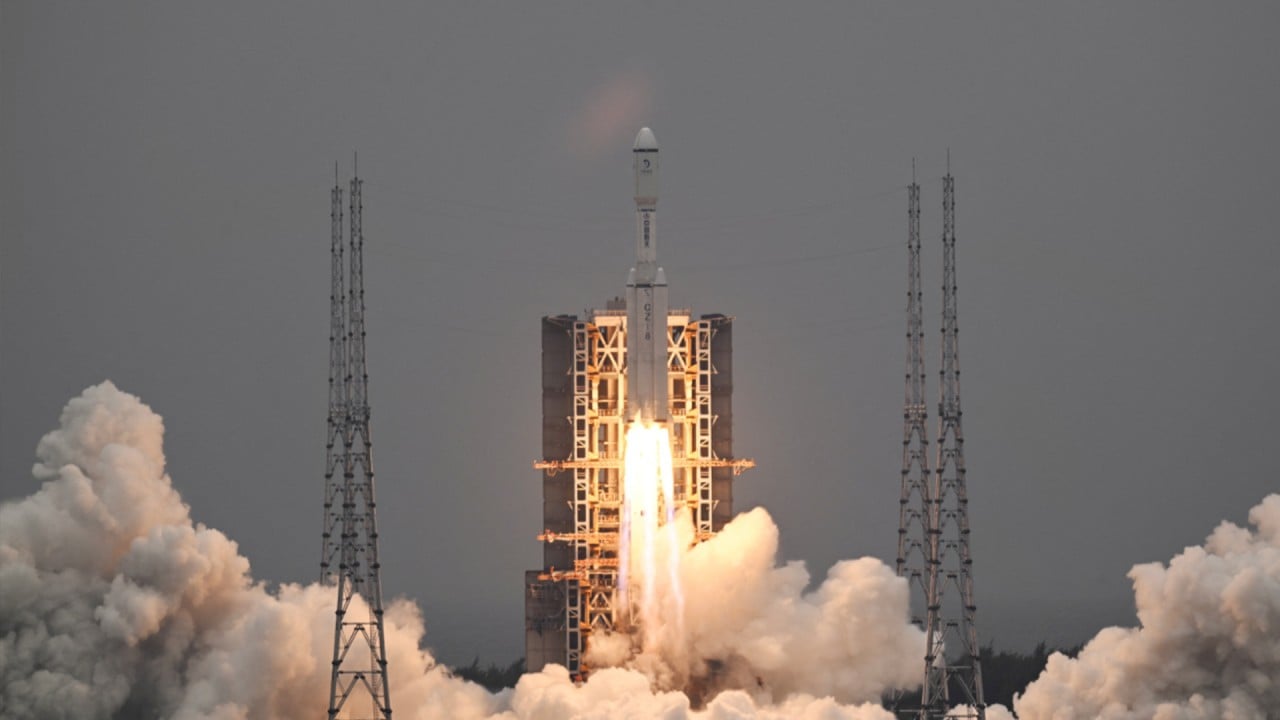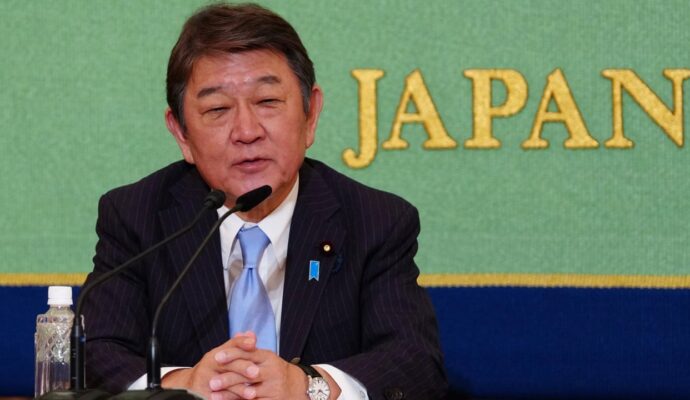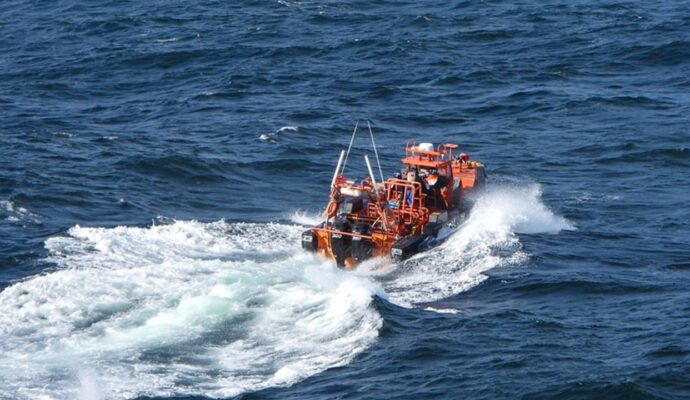The Tianzhou-8 cargo ship and the Shenzhou-19 crewed spaceship are scheduled to arrive during their six-month mission.
Chinese astronauts fix damaged solar panel on Tiangong space station
Chinese astronauts fix damaged solar panel on Tiangong space station
Deputy director of the China Manned Space Agency Lin Xiqiang said the crew would begin China’s first in-orbit aquatic ecology project.
Lin told reporters on Wednesday that the mission would establish a stable “self-circulating aquatic ecosystem” in orbit using zebrafish and hornwort, with the goal of achieving a “breakthrough in cultivating vertebrates in space”.
Last month, for example, a Chinese research team created real-time imagery of the 100,000 neurons in a zebrafish, which could lead to advances in mind-controlled computers.
Small fish species have frequently been used in space research. In 2012, the International Space Station set up a facility for research on zebrafish and medaka fish, also known as the Japanese rice fish, to study bone loss and muscle atrophy under microgravity.
In a 2016 study, Russian and Japanese scientists found that medakas sent to the International Space Station started losing bone density almost immediately after arriving – much faster than humans.
According to Lin, more than 130 science and design projects have been conducted on Tiangong by researchers from some 500 Chinese and international institutions.
“The research projects carried out in space and with samples sent to Earth have been resulting in new findings. These developments will gradually show greater scientific, technological and economic benefits,” he said.
China’s space experiments have supported the development of alloy materials for nuclear power plants, high-performance semiconductor alloy materials, an artificial vascular tissue chip and research on the prevention and treatment of bone diseases such as fractures and spinal injury repair, according to state news agency Xinhua.



